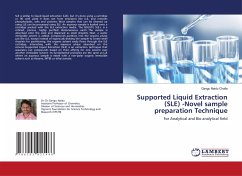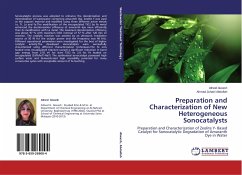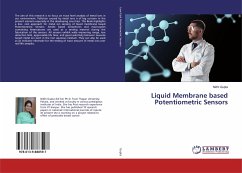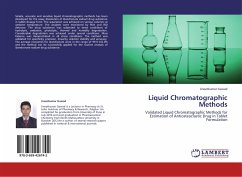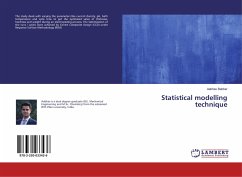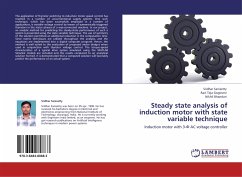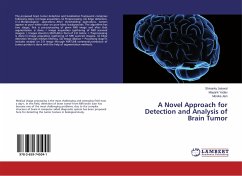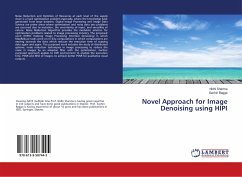SLE is similar to liquid-liquid extraction (LLE), but it's done using a cartridge or 96 well plate. It does not form emulsions like LLE, and removes phospholipids, salts and proteins. Most samples that can be cleaned up using LLE can be processed using SLE. An aqueous sample is loaded onto a cartridge packed with the SLE extraction media. The ISOLUTE SLE+ is a refined, porous, highly purified diatomaceous earth. The sample is absorbed onto the solid and dispersed as small droplets. Next, a water immiscible solvent is added. Compounds partition into the organic phase just like LLE, except instead of vigorously shaking the sample to create small droplets for partitioning, the organic solvent easily flows through the SLE cartridge, interacting with the aqueous phase absorbed on the column.Supported Liquid Extraction (SLE) is an extraction technique that separates out compounds based on their affinity for one solvent over another immiscible solvent. Its fundamental principles are thesame as LLE where an aqueous sample is mixed with a non-polar organic immiscible solvent such as Hexane, MTBE or ethyl acetate.

